I am happy to report that I had a wonderful time at Darwin Day 2012 last week at the Texas Memorial Museum – the first public event for the biocreativity blog! For those of you who aren’t familiar, Darwin Day is an international celebration of the birthday of naturalist and evolutionary biologist Charles Darwin, who was born on February 12, 1809.
I hosted a booth at the Darwin Day celebration to make a big portrait (3 x 6 feet) of the great naturalist using images of biodiversity cut out of National Geographic magazines that were so generously donated by Half Price Books. This was a really fun process, and the kids and the adults seemed to love it, too! But, from selecting the base image for the portrait, to putting the finishing varnish and installing hanging hardware, pulling off the Darwin Day Portrait Project was quite a job, and I couldn’t have done it without my husband, Cole!
The first step was choosing a portrait of Darwin from which to base the line drawing for the collage. I had a lot of fun with this, because Darwin commissioned many portraits throughout this lifetime, which was a luxury many scientists of the time couldn’t afford. Many of these portraits are now in the public domain and are shown on the Portraits of Charles Darwin Wikipedia page. I chose to go with a portrait of an older, very recognizable Darwin, from this 1871 photograph by Oscar Gustave Rejlander:
“Darwin’s visage, particularly his iconic beard, continues to be culturally significant and widely recognizable into the 21st century. According to historian Janet Browne, Darwin’s capacity to commission photographs of himself—and their widespread reproduction as carte de visite and cabinet card photographs—helped to cement the lasting connection between Darwin and the theory of evolution in popular thought (largely to the exclusion of the many others who also contributed to the development of evolutionary theory).” -Portraits of Charles Darwin, Wikipedia
Interestingly, Rejlander’s collaboration with Charles Darwin on his 1872 book The Expression of the Emotions in Man and Animals, earned the victorian art photographer an important place in the history of behavioral and psychiatric science. The book is an excellent example of art-science collaboration in the 19th century. It defined Darwin’s contribution to the field of psychology and put Rejlander on the radar of other prominent scientists of the time. This book is also a pioneering influence in the work of modern psychologists studying human emotions through body language and microexpressions, including prominent psychologist Paul Ekman (a fictional version of Ekman was recently portrayed by Tim Roth in the Fox series Lie to Me; Ekman was also a guest on WNYC’s RadioLab episode on catching liars).
There were many other interesting portraits I could have chosen, such as this strapping young lad just returned from his voyage on the H.M.S. Beagle from this late 1830’s watercolor by George Richmond.
Or, this photograph by Baker Street photographers Joseph John Elliott and Clarence Edmund Fry, who produced many portraits of Darwin throughout his life including this one, which is one of the last photographs taken of the evolutionary biologist before his death on April 19, 1882.
Though, as reported by author Richard Millner in the 1995 Scientific American article Charles Darwin: The Last Portrait, this relatively recently discovered Woodburytype by victorian portrait artist Herbert Rose Barraud is now considered by some scholars to be the last photo taken of Darwin. Millner also reports that in his later years, Darwin expressed that portrait-sitting, “is what I hate doing & wastes a whole day owing to my weak health”. And, with regards to a historic opportunity to sit for a portrait with Alfred Russell Wallace in 1869 (the man who independently proposed a theory of natural selection, which prompted Darwin to publish his own theory of evolution by natural selection), “to sit with another person would cause still more trouble & delay.”
And, of course, then there are the caricatures, many of which were prompted by strong societal reactions to Darwin’s theory of evolution by natural selection, which are duly reviewed by the American Philosophical Society (of which Darwin was a member) here. These range from depictions of Darwin as an ape, such as A Venerable Ourang-Outang : A Contribution to Unnatural History which appeared in The Hornet in March 1871, to slightly more flattering fare, including Men of the Day No. 33, Natural Selection that appeared in Vanity Fair magazine in September 1871. Darwin, however, seemed to take these in stride, “I keep all those things,” he told a friend in 1872. “Have you seen me in the Hornet?”

"A Venerable Orang-outang", a caricature of Charles Darwin as an ape published in The Hornet, a satirical magazine, in March 1871
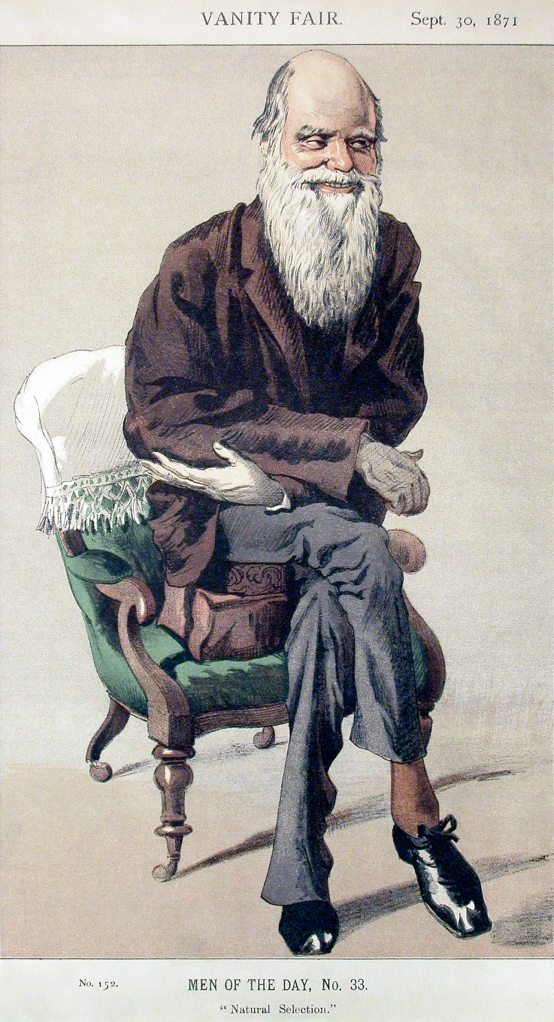
Caricature of Charles Darwin, “Men of the Day No. 33., Natural Selection”, which appeared in Vanity Fair, September 1871.
Another interesting art-science connection comes directly from Charles Darwin’s personal life. His wife Emma Wedgwood Darwin was the granddaughter of Josiah Wedgwood, founder of the world-famous Wedgwood and Sons pottery firm in 1759 (which is still in operation today as Wedgwood Waterford Royal Doulton). Here’s one of Wedgwood’s iconic Jasperware cameos, in “Wedgwood blue”, modeled in the likeness of Charles Darwin.
Of all of these intriguing portraits, I needed something for the Darwin Day Portrait Project that could generate simple lines for a color-by-number template. Rejlander’s photograph provided just that, and so I used it to generate this simple outline that I projected onto wood panel to create the collaged portrait.
Then came the fun part: putting on the collage! The kids had a great time at the Darwin Day celebration at the Texas Memorial Museum pasting images of the great diversity of life onto Mr. Darwin’s image. Indeed, it was a four-hour non-stop bombardment of excited kiddos (and even a few adults) coming at me to make their mark on the portrait. I also had a fun conversation with Austin American-Statesman reporter Farzad Mashood, who later filed this report from Darwin Day 2012, and left his mark on the Darwin portrait. While I scarcely had time to breathe, my amazing husband Cole helped cut out images in the colors we needed, took photos and helped direct things as I pasted the day away! While the kids seemed to have a lot of fun looking for their favorite animals, nearly all the parents reminisced by flipping through the piles of National Geographic. “I loved this magazine when I was a kid!”, many of them exclaimed as they watched their kids fill in the Darwin. The joy of appreciating the natural world, just as Darwin did for 73 years, and for its own sake, was apparent in their expressions as I invited to take a copy home with them. This is why I’m a biologist. Helping people enjoy science is one of the most rewarding things that I do.
We were lucky enough to capture a time-lapse of the Darwin Day Portrait Project (though the museum was a bit dark for good photography, and because the kids needed to be able to reach the wood panel there are a lot of derrières in the ground-level photographs!). It’s taken a little more than a week to put the finishing touches on – filling in gaps in the collage, painting on the outlines and putting on a protective varnish. Very soon he’ll be hanging in the Texas Memorial Museum, and I’ll update this post with his location.
Many heartfelt thanks to all of the participants, to Christina Cid, Director of Education at the Texas Natural Science Center and Texas Memorial Museum and her crew of volunteers, and to Half Price Books Austin (South Lamar and North Lamar locations) for their generous donation of National Geographic and Science magazines for this project. And, as I mentioned above, my husband Cole was instrumental in the development of this idea, and its successful execution. Thank you, and Happy 203rd Birthday Charles Darwin!


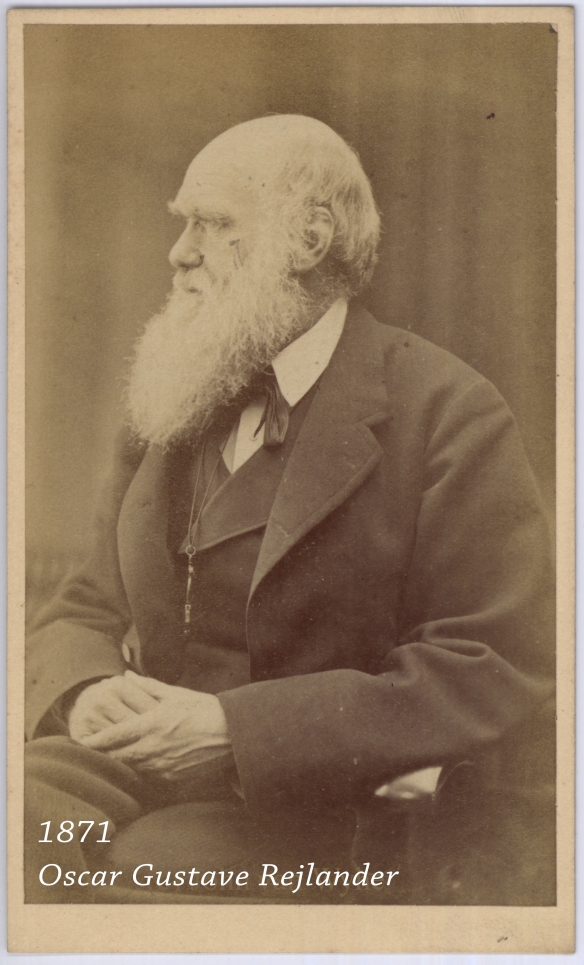
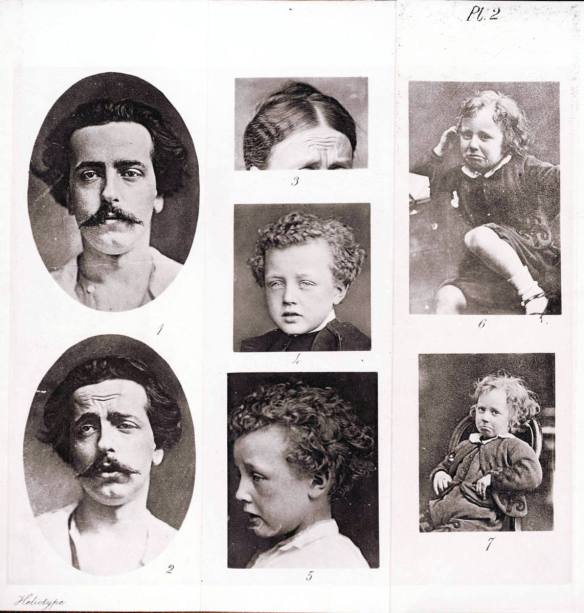
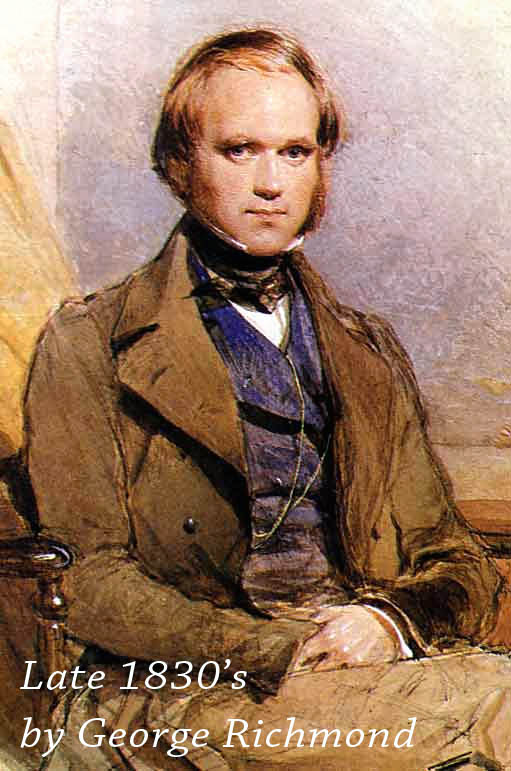
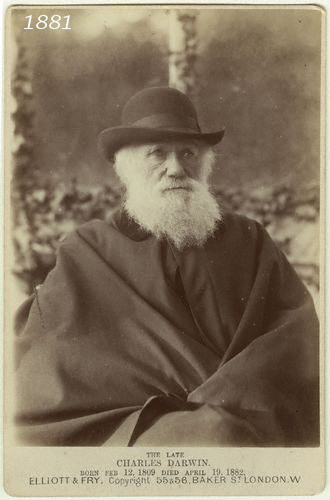

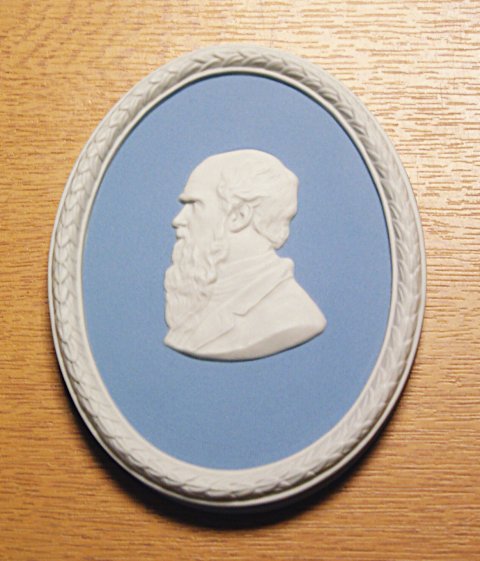
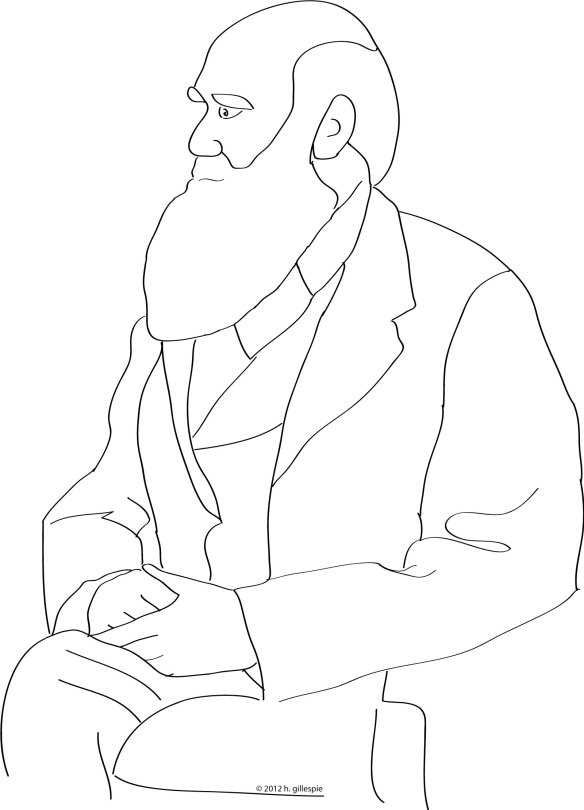

Pingback: Speaking to... Hayley Gillespie - Speaking of Science | Science Communication
What a success!
Thanks! I had a really fun time doing this, and I’m glad you like it 🙂
This is wonderful, Hayley! Thanks so much for sharing so much about the process!